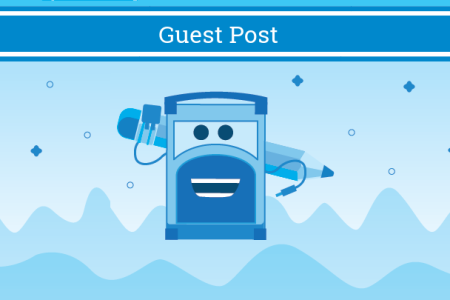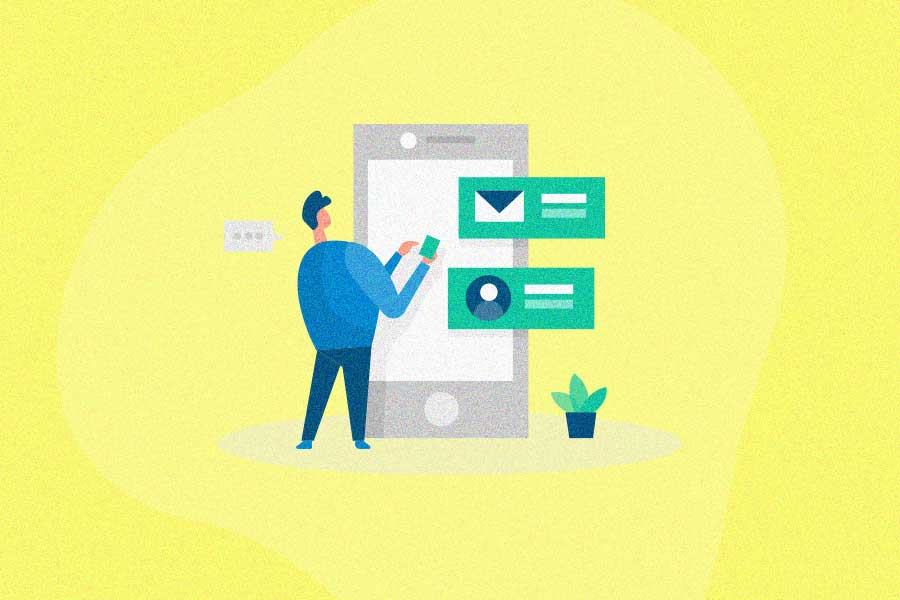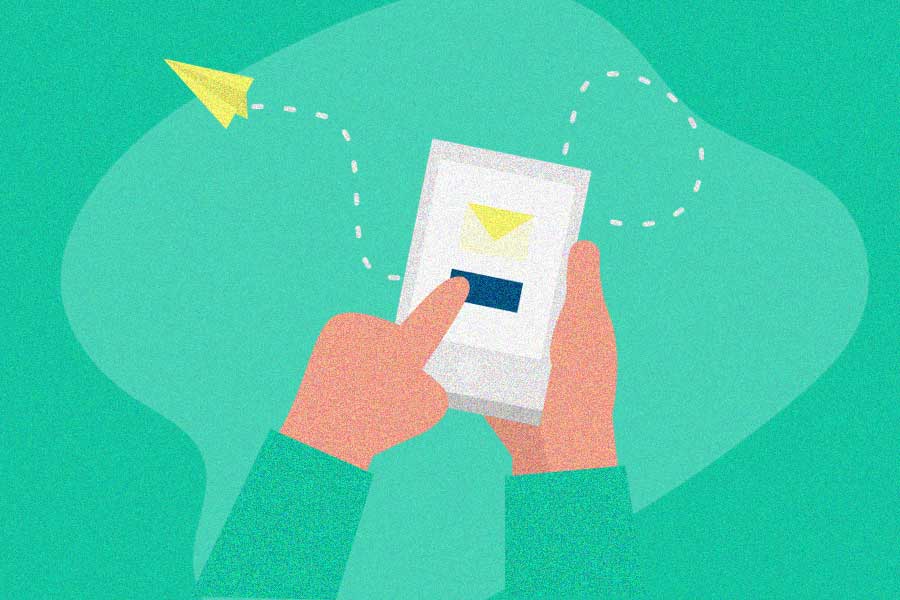This article will introduce you to the best practices of lead generation using email.
In a nutshell, the process of using email for lead generation works in the following way: first, you offer something of value to your target market. Then, you think about what your prospects need to know in order to buy and what objections they may have to make a buying decision. Next, you create a funnel that combines talking about why your prospects need to buy and what will happen if they don’t buy.
This being said, your emails can’t be just about selling. You want to avoid a scenario in which your prospects immediately delete your emails because they’ve learned from experience that an email from you means yet another sales pitch. For this reason, you need to have both sales and non-sales content as a part of your communication with your prospects and clients. Here are the steps that you need to take to build an effective email marketing system.
Learn more about your target market
Most business owners think that their target market is “everybody”. There is a big problem with not having clarity about a target market because in order for a marketing message to be appealing, it needs to be directed at someone. You can’t be all the things to all the people at the same time, which is exactly what many business owners are trying to do when they think that they need to cater to everybody.
Creating something of high quality is only half the battle. The next step, and a more important one, is to market and sell your products to the targeted audience. Let’s say that you have a digital download you want to put on the market. The hardest part is to convince people that they should pay for the download.
Based on Flodesk’s guide, you can learn the best ways to sell digital downloads by gaining a strong understanding of who your audience is. This is where it all starts – you need to figure out who to aim your marketing toward and use that information to make sales.
Not everyone will be interested in your digital product. Some won’t like using digital products or won’t like the idea of paying to download something. This is why you need to find an audience that would be willing to pay and use your digital download and aim all your strategies toward them.
This is why before you craft your message, develop your opt-in offer and sales offer, you need to spend time learning more about your customers. Here are some of the questions that you need to be able to answer?
- Are you customers men, women or both? If you deal with men and women, what is the ratio of women to men?
- What is the age of your customers? Are you dealing with Seniors, Boomers, Generation X or Millennials?
- What level of education do they have? If you have a local business, did most of your customers go to local schools? You could build a lot of goodwill with your prospects by sponsoring events and donating funds to the schools that the majority of your customers attended.
If your customers went to schools all over the country or the world, is there a commonality when it comes to the field of study? This would also mean a commonality in the way your customers think. For example, a business in Silicon Valley selling mostly to Google and Apple employees is dealing with highly analytical customers.
- What kinds of jobs do your customers have? How much money are they making and what is their discretionary income? This is an important factor because you want to know what money you are competing for. Are you competing with other wants or are you competing with needs and bills that absolutely need to be paid?
This approach also applies to selling B2B services. If you are selling to a business, can the business afford what you are selling right away? Or do they need to include it in their next budget?
- What do your customers need and want? What problems are they trying to solve in their lives? Even if these problems have nothing to do with you? For example, you may be selling a course on how to create better marketing but if your target market struggles with time management, they will not be able to implement your marketing tips.
Create attractive offers
Once you learn about your target market, you need to offer something you can give the visitor, in exchange for an email. Many businesses significantly underestimate the work they need to do at this step. They think that offering something for free means that no selling is necessary. This is not true because most customers today are used to seeing free offers.
If your target market is not used to free, your prospects may be thinking that what you are offering is inferior quality or there’s a catch that comes with your offer. This is why you need to convince your prospects that what you are offering will be of value, which is exactly what great selling is about.
The next mistake is underestimating the threshold resistance that your prospects may experience because of your offer. You may be thinking that offering a free consultation or a free office tour is a great offer. When seeing the offer, your prospects may be thinking that agreeing to a free consult means agreeing to deal with pushy salespeople.
You need to make sure that such a resistance does not occur. One of the best ways to avoid threshold resistance is to offer free information. Such as a free guide, a free whitepaper, or a free video (all of which are also great opportunities to follow up with a thank you message and referral invite email).
Build follow-up funnels
All businesses today are competing for the attention of their prospects. Often, it is hard to get a lot of attention right away. Your prospects may be very busy. The product or service that you are selling may not be a high priority for them at the moment. They also don’t know you, which is why they don’t feel guilty about ignoring you.
The solution to all these issues is to build trust over time, which is what you can accomplish when you create a multi-step follow-up funnel. Such a funnel should not be just about selling. You should be offering valuable content with no pitches either.
Research shows that you should include hard sales messages not more than 20-25% of the time. This doesn’t mean that you can’t have aggressive selling campaigns, but every such campaign after it ends should have several communications that are not about sales or sales pitches at all. That way your prospects and customers can get value even if they are not ready or willing to buy at the moment.
Use different types of media in your follow up
Different people have different preferences when it comes to consumption of information. Some prefer to read. Others prefer to listen to an audio. Yet, others like watching videos.
An effective email marketing system can incorporate all these elements. You can send an email with a link to a video. In your emails, you can offer to send your prospects and customers more information via snail mail or FedEx. You can also ask in the emails for a phone number and then send text messages and ringless voicemails.
The more ways you have to contact someone, the more effective your marketing will be. Someone may miss an email, but they will listen to a voicemail that you send them using ringless voicemail technology.
Incorporate practices included in this article into your email marketing to see your marketing return on investment grow and bring new qualified leads to your business.
This article was contributed by LeadPath.




